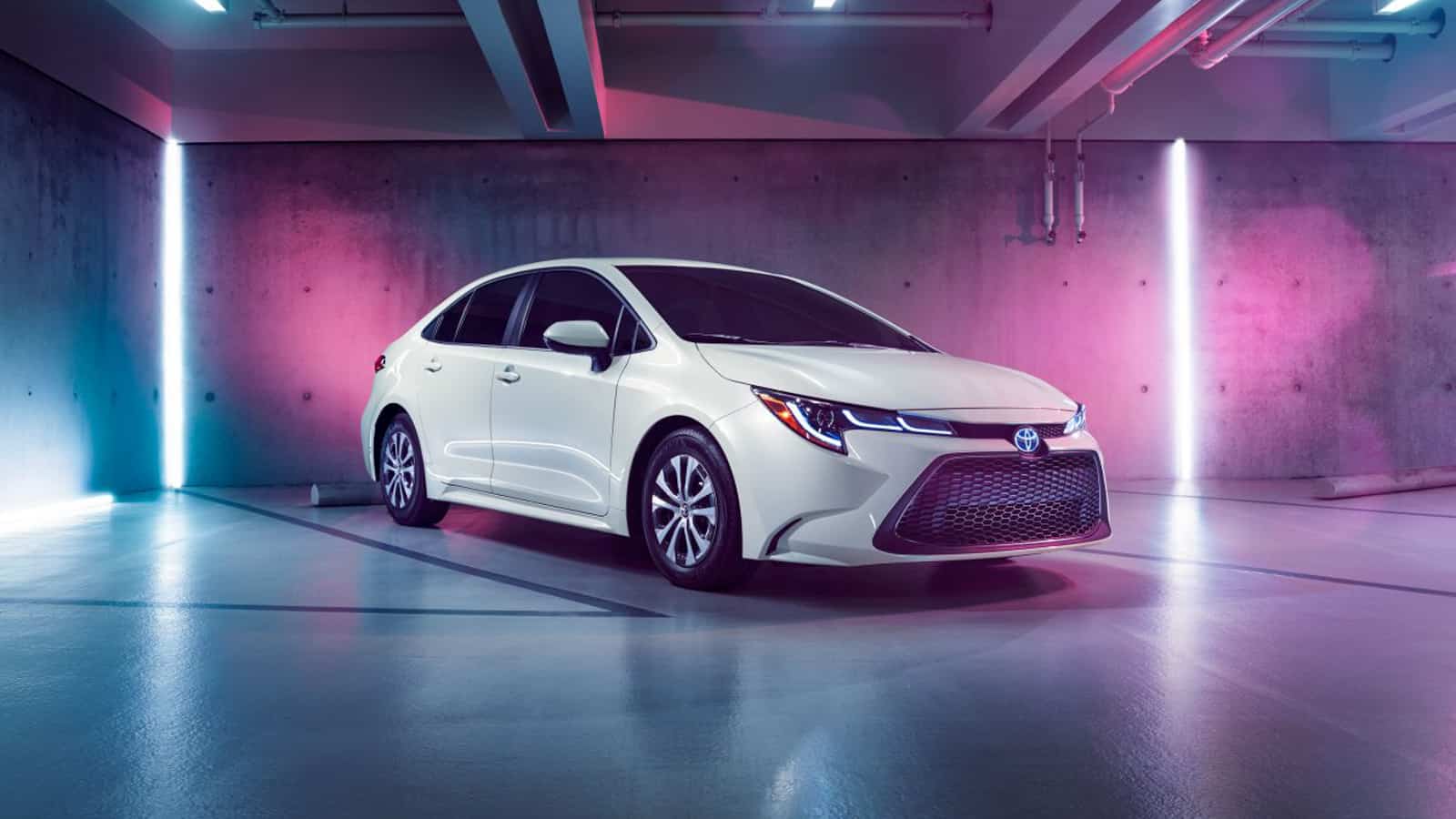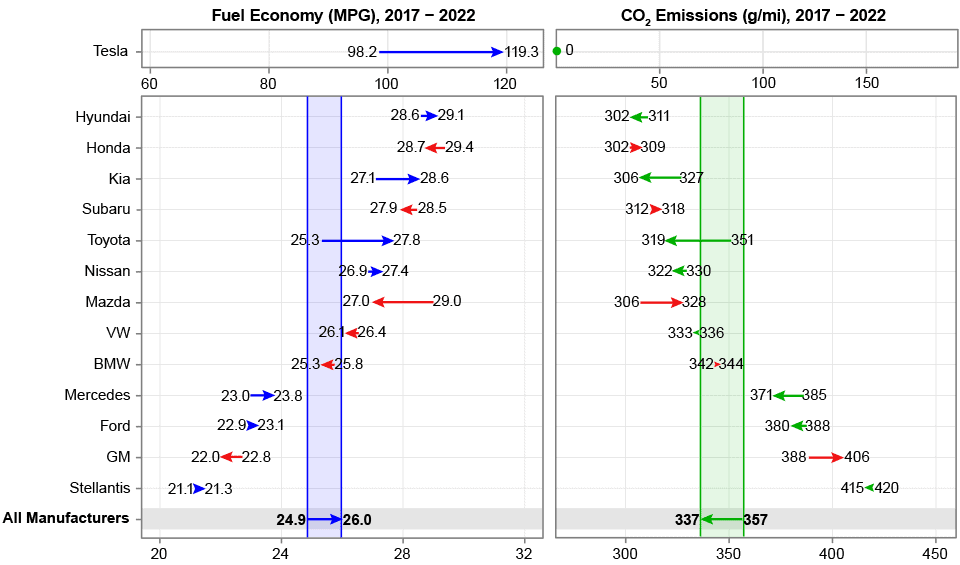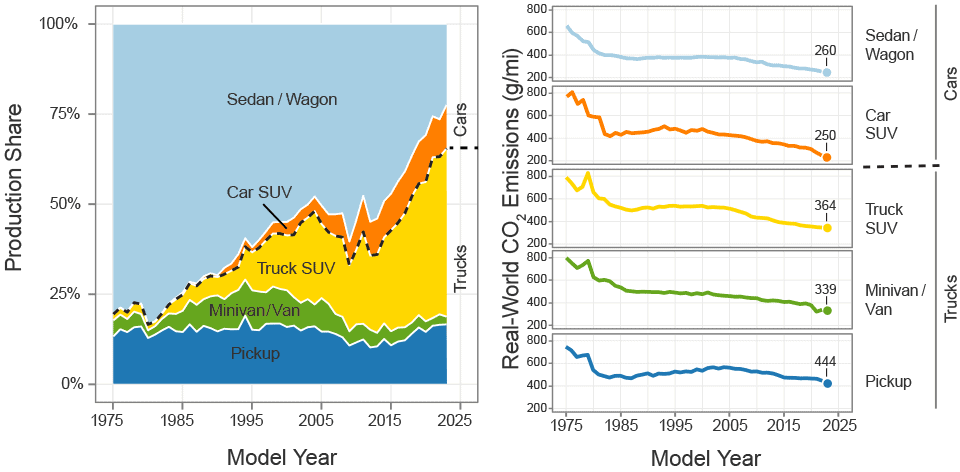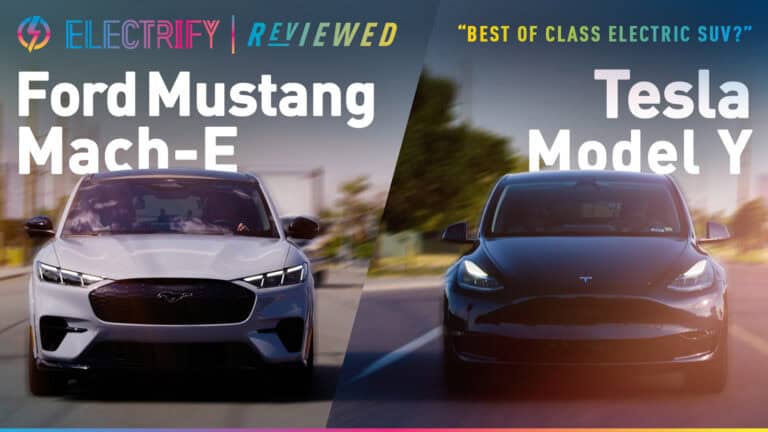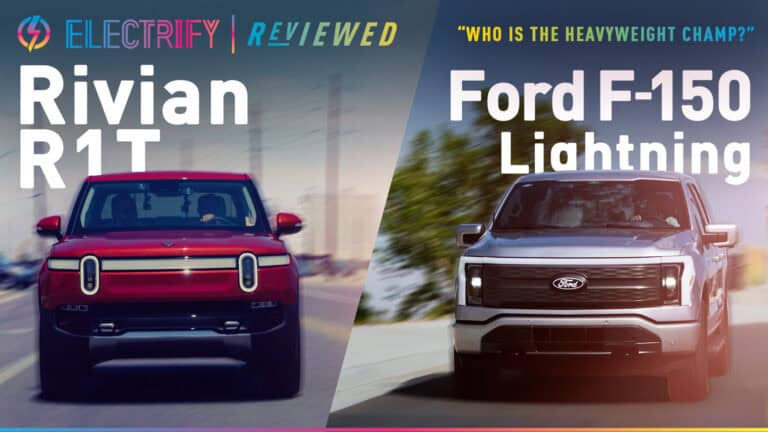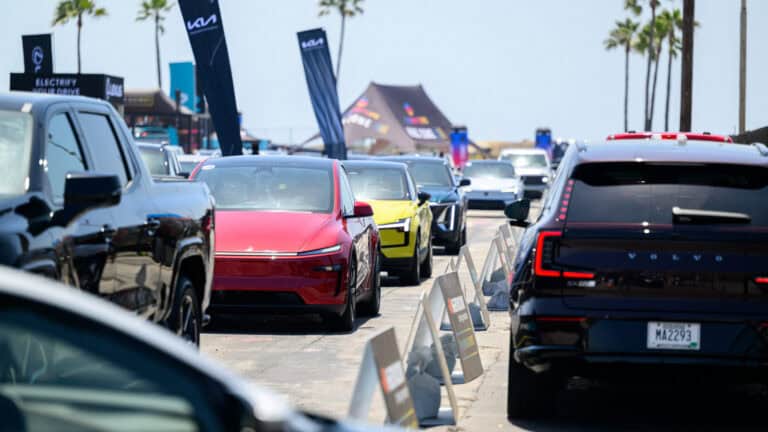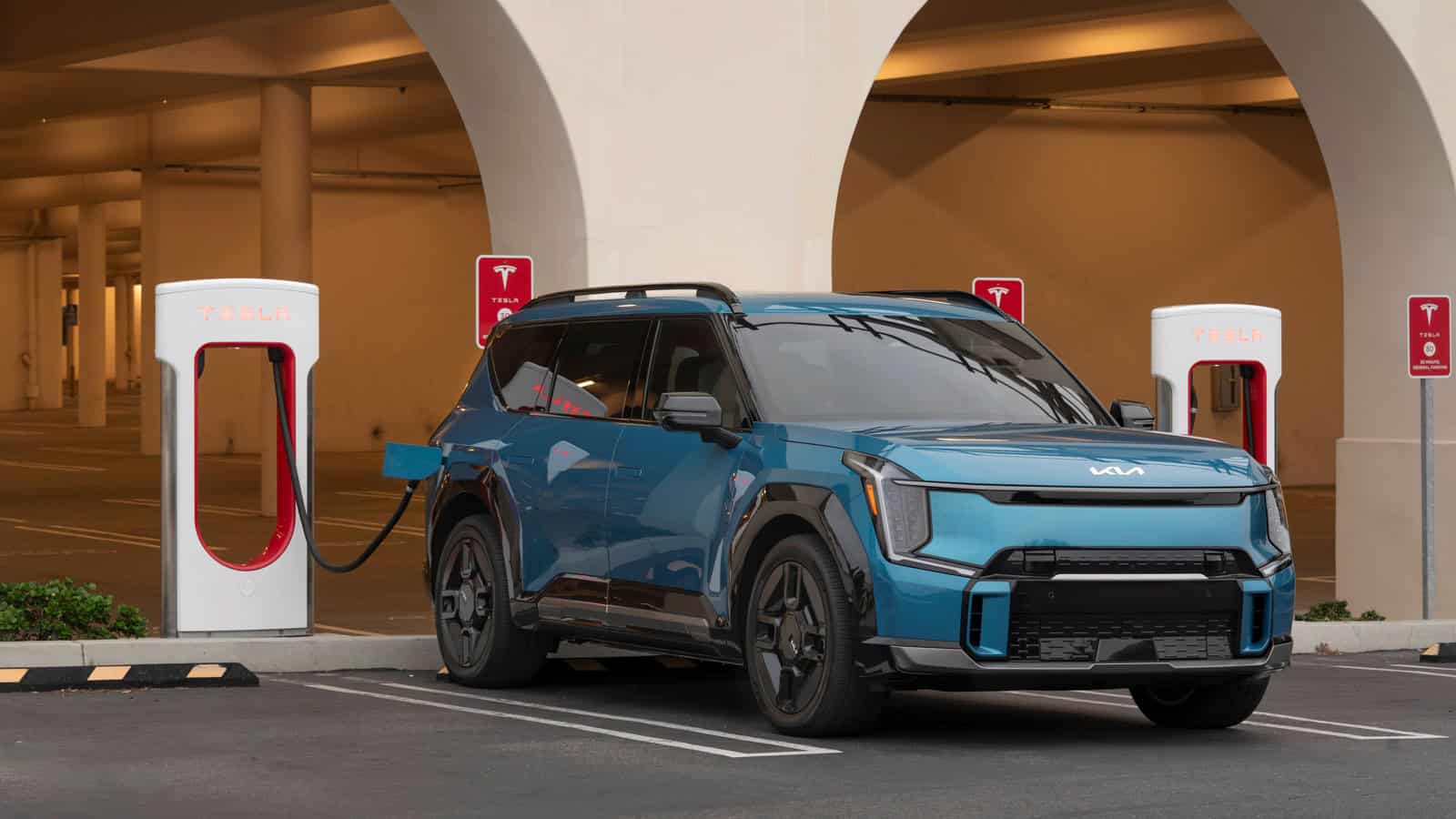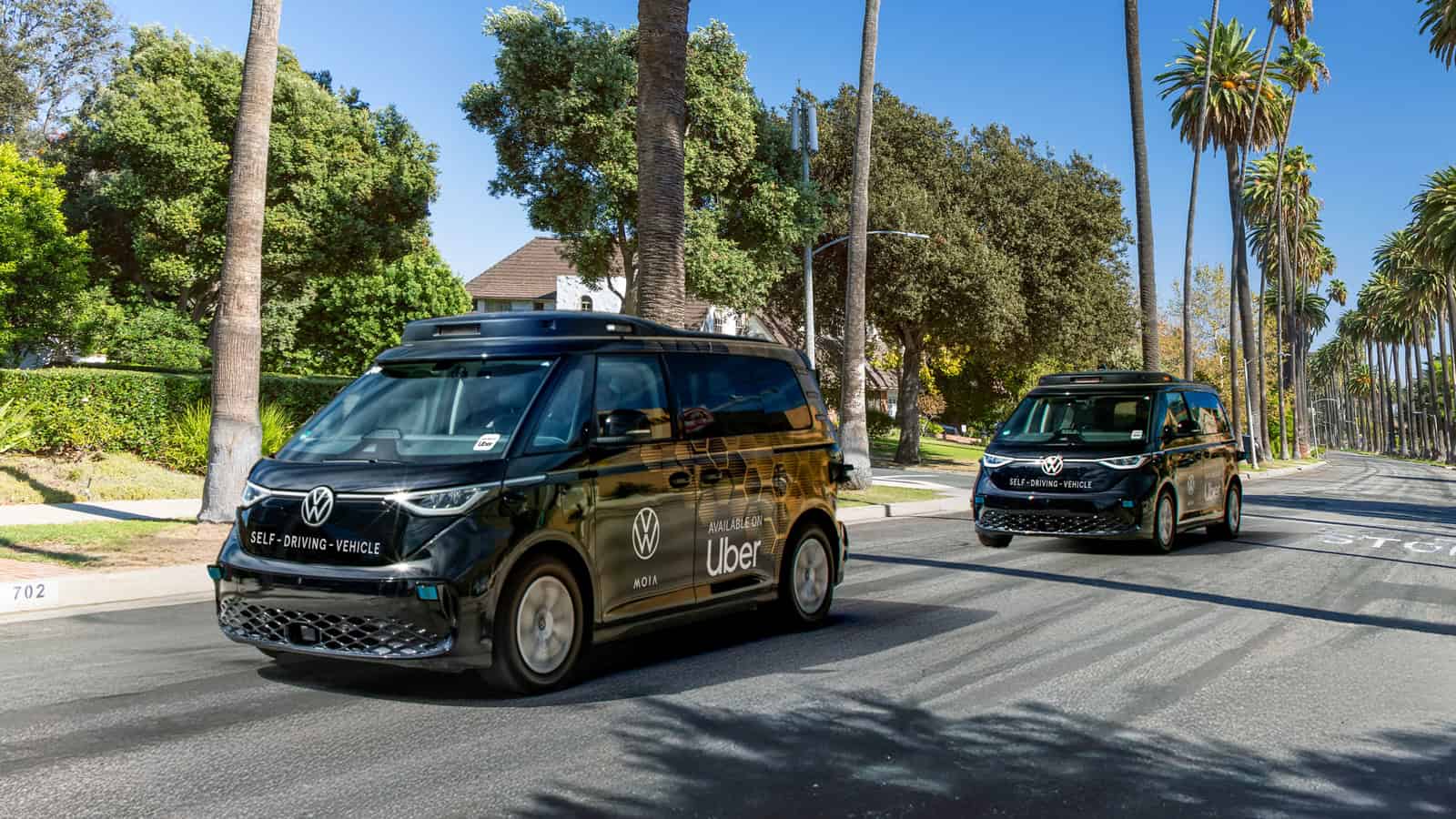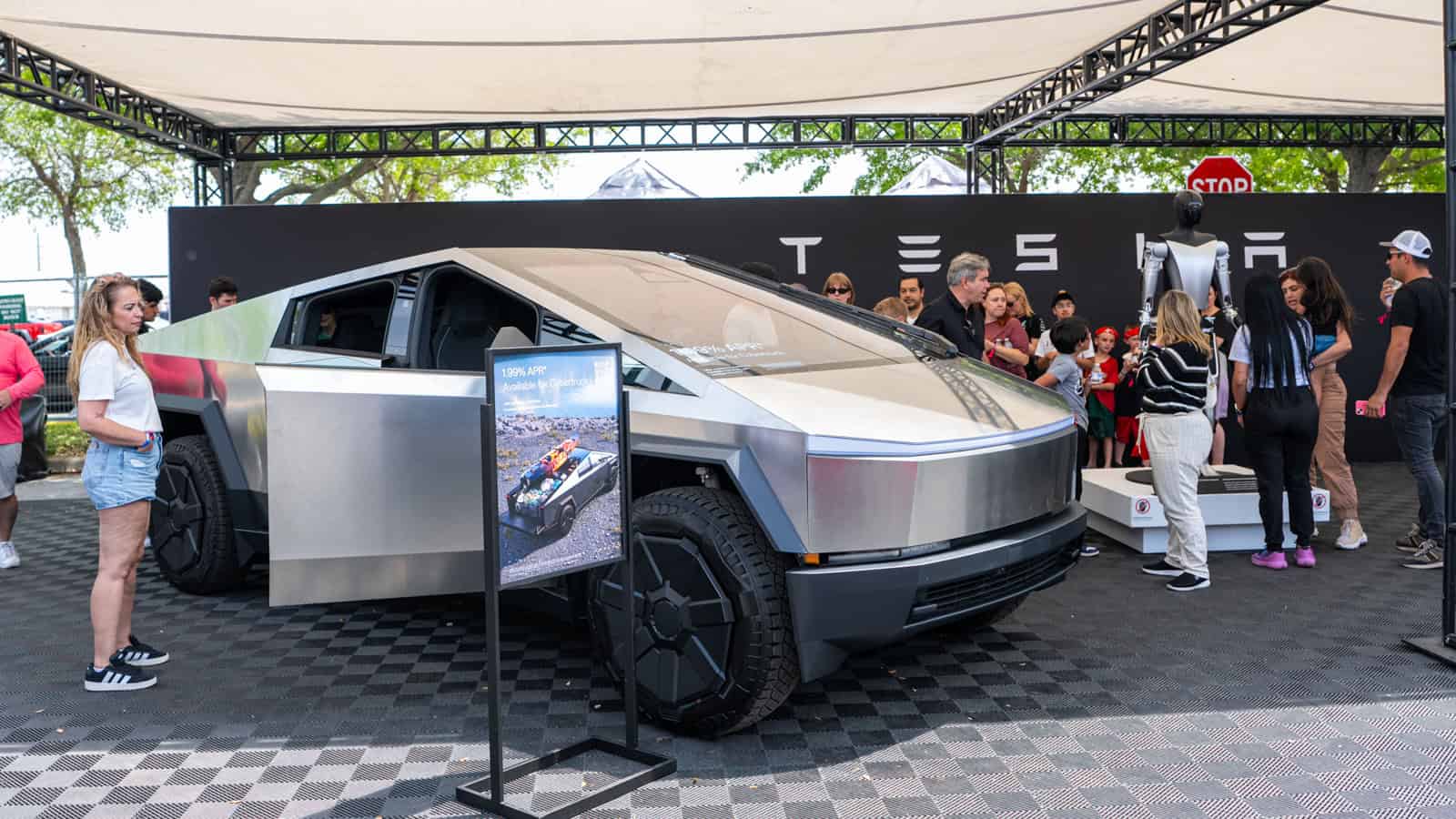- The lowest emissions and highest fuel economy can be found in Hyundai, Honda, and Kia vehicles.
- Brands with large pickup trucks tend to be near the bottom of the ratings lists.
- Technology like start-stop idling and hybrid engines helped lower emissions and improve fuel ratings.
- Minivans received the worst emissions and fuel ratings, despite having so few options available for 2022 drivers.
If you feel inundated by bad news these days, here’s some positivity–electric and hybrid vehicles are making an impact on emissions. Carbon dioxide emissions from new vehicles are at a record-low in modern times, found when looking at the last nine years according to the latest Environmental Protection Agency report. Newly manufactured vehicles are also at a record-high fuel economy rating. Despite all of this good news, the US has a long way to go to reduce emissions.
The December 2023 data released by the EPA is for 2022 model-year vehicles. The organization expects the numbers to trend in the right direction when it analyzes 2023 vehicles in its December 2024 report.
ADVERTISEMENT
Save the Planet: No More Minivans
The EPA categorizes vehicles into five types: sedan/wagon, car SUV, truck SUV, pickup truck, and minivan/van. Car SUVs and truck SUVs are separated by weight or four-wheel drive capability. Of the five categories, four saw the lowest CO2 emissions ever. Only the minivan/van category saw a 17 g/mi increase in emissions and a decrease in fuel efficiency. Car SUVs saw a decrease in emissions by 27 g/mi, while pickup trucks saw a decrease by 18 g/mi.
And you aren’t imagining that trucks are everywhere, US drivers are purchasing more big pickup trucks. This means that those emission gains from smaller vehicles end up offset. Of the new vehicles sold, almost two-thirds were light-duty pickup trucks, like the Ford F-150, Chevy Silverado, or Ram 1500. Only 37% of new vehicles sold were more environmentally gentle cars.
Graphs care of the EPA.
How the OEMs Rate for Fuel Economy
Of the major brands available for sale in the US, only eight decreased their new-vehicle carbon dioxide emissions. Tesla and Rivian have no CO2 emissions, as the brands only sell EVs – so they aren’t included in the EPA report. Of the brands with gas-powered vehicles, Toyota dropped emissions the most between 2017 and 2022. Kia finished in second, and Mercedes-Benz finished third.
Surprisingly, Mazda saw the largest increase in C02 emissions, with GM finishing in second. Honda had the third-highest increase in emissions. But, Mazda and Honda have yet to release a battery-electric vehicle. And in 2022, several GM brands like Buick and GMC only sold SUVs and trucks.
Hyundai, Ford, Nissan, Stellantis, and Volkswagen had a drop in emissions. But, the improvement doesn’t mean they were producing substantially lower emission vehicles.
ADVERTISEMENT
Hyundai, Honda, and Kia had the lowest emissions ratings, with Honda and Hyundai tied at 302 g/mi of CO2. They also finished in the same position for fuel economy, with average lineup ratings of 29.1, 28.7, and 28.6 MPG respectively. Keep in mind that these three brands don’t offer full-size pickup trucks.
Stellantis saw a reduction in overall emissions but still held the worst emissions rating in the North American market. They added 415 g/mi and have an average MPG rating of 21.3 MPG across its lineup.
What’s “Fueling” the Improvements?
The EPA recognizes innovative technology driving emissions and fuel economy improvements. Start-stop technology turns off the engine while idling. Vehicles with seven or more gears, or continuously variable automatic transmissions, reduce emissions and improve fuel economy. Gas-powered engines are seeing improvements thanks to turbocharging and gas direct injection.

Automakers also began producing more vehicles with mild-hybrid and plug-in hybrid technology. Across the industry, one out of ten new vehicles were hybrid. Mercedes-Benz, BMW, Toyota, Stellantis, and Volkswagen boast the most hybrid vehicles. The Jeep Wrangler 4xe was the top-selling plug-in hybrid EV that year. Fully electric vehicle leaders are Volkswagen, BMW, and Kia (after Tesla of course).
More electric vehicles were coming out to play. The Kia EV6, Ford Mustang Mach-E, Hyundai Ioniq 5, Volkswagen ID.4, BMW i4, and Mercedes-Benz EQS arrived on the scene in 2022. Sadly they were quite difficult to acquire due to supply chain issues which have since improved.
With lots of new EVs now available, the emission data should continue to get significantly better. Let’s keep that good news coming.
ADVERTISEMENT

SOURCE | FEATURE IMAGE: EPA | TOYOTA
FTC: We use income-earning auto affiliate links. Learn more.


